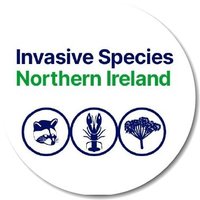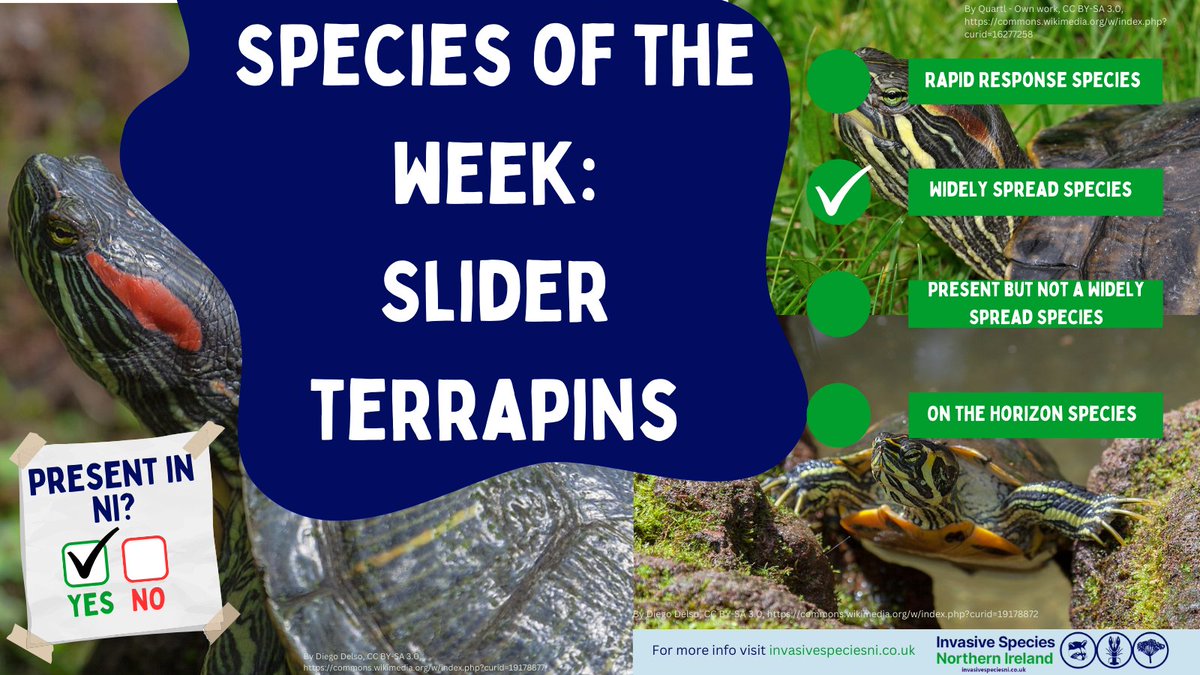
Introducing a beak-tastic hornbill for this week’s #SpeciesOfTheWeek – the great hornbill! These large #hornbills , recognisable by their vibrant yellow & black casque, are crucial seed dispersers found in India, Nepal, Bhutan, and Southeast Asia.
Artwork by Abhilasha Hegde


Have you seen photos of the elusive Pallas’s cat (Otocolobus manul), famous for its fluffy appearance and hilariously grumpy expressions? Here's an illustration of one as our featured #SpeciesOfTheWeek on the occasion of #InternationalPallasCatDay !
Pallas's cat, also known as…


Today is #InternationalBeaverDay ! The American beaver is the iconic species of the Mid-Canada Boreal Plains & Foothill Forests bioregion (NA8). 🦫
🪵 Read more: oneearth.org/the-benefits-o…
#OneEarth #IconicSpecies #SpeciesOfTheWeek #BeaverDay #ForNature

Featuring the gentle giants of the oceans – the whale shark, in this week’s #SpeciesOfTheWeek !
Inhabiting open waters of tropical oceans, whale sharks (Rhincodon typus) are the largest living fish species. They have a streamlined body with a wide, flattened head, which is…


My #SpeciesOfTheWeek are Magnolias which evolved 95 million years ago, they're among the first flowering plants, reliant on beetles for pollination. Today, spanning 300 species, they symbolise luck, beauty, and resilience across cultures. Named after botanist Pierre Magnol.


Our PositiviTree has Shieldbugs living in it. #biteSizeBiodiversity Patrick Kirwan #SpeciesOfTheWeek


You might see young giant hogweed plants emerging when out and about in the coming weeks.
Check out our ID guide below for help with identification at this time of year.
#SpeciesOfTheWeek #stopthespread


We have been adding the #speciesoftheweek to our noticeboard recently. Each week we learn about a native Irish species by following the Irish Schools Sustainability Network Bitesize Biodiversity CPD 🌱


Our #speciesoftheweek are the slider terrapins (red-eared, yellow-bellied and Cumberland sliders).
These terrapins are present in NI and are one of our Widely Spread Species.
Follow along to learn about their impacts, how to ID them, and what you can do to help #stopthespread .


Our #speciesoftheweek this week is Himalayan balsam
This is one of NI’s Widely Spread Species.
Follow along to learn how to identify this invasive plant, its impacts, and what you can do to help stop it spreading further in NI.


Under Article 19 of EU IAS Regulation (1143/2014) the three slider terrapin species have been designated as Widely Spread Species in NI.
Please send in your slider terrapin records via:
CEDaR 👉 www2.habitas.org.uk/records/ISI
or
iRecord 👉 irecord.org.uk
#SpeciesOfTheWeek



Introducing the endemic Kolar leaf-nosed bat in this week’s #SpeciesOfTheWeek !
Found only in one cave in Hanumanahalli, this species is endemic to the Kolar district in Karnataka. With an already declining population, the home range of these bats is threatened by granite…


This week on #SpeciesOfTheWeek , we have the only ape species found in India – the endangered Western hoolock gibbon!
The Western hoolock gibbon (Hoolock hoolock) is a primate found in the contiguous, broad-leaved, wet evergreen forests of Assam, Mizoram, and Meghalaya in India,…


Introducing the Malabar grey hornbills – the smallest among the Asian hornbills, in this week’s #SpeciesOfTheWeek !
Endemic to the Western Ghats, the Malabar grey hornbill (Ocyceros griseus) is a large avian species, and yet is the smallest of the Asian hornbills. Its large beak…


This week on #SpeciesOfTheWeek , we bring to you the vibrantly coloured, red-veined darter!
The red-veined darter, also known as the nomad (Sympetrum fonscolombii), is a widespread and abundant dragonfly species found across Europe, North Africa, the Middle East, Mongolia, and…


This week on #SpeciesOfTheWeek , meet the Indian Chameleon! Found across India, Sri Lanka and Pakistan is known for its many incredible adaptations. Sadly, they fall prey to exotic pet trade, traditional medicine & superstitious beliefs.
Artwork by Muskan Gupta
#IndianChameleon


Meet the spot-acular Chital in this week's #SpeciesOfTheWeek ! With golden-rufous upperparts covered with white spots, these deers display a cautious motionless stance and flee in groups as a collective antipredator strategy.
Artwork by Debangini Ray
#WildlifeArt #SpottedDeer


For this week’s #SpeciesOfTheWeek , we bring to you the green crab spider.
This species, like many other spiders has not been studied extensively and is classified as “Data Deficient” by IUCN, with a range reported from India and Pakistan, to Japan. The green crab spider belongs…


Our PositiviTree continues to bloom. #positivity #wellbeing The Shield bugs have been joined by some bees and some dandelions. #SpeciesOfTheWeek #biodiversity Collie Ennis 🕷🐸

